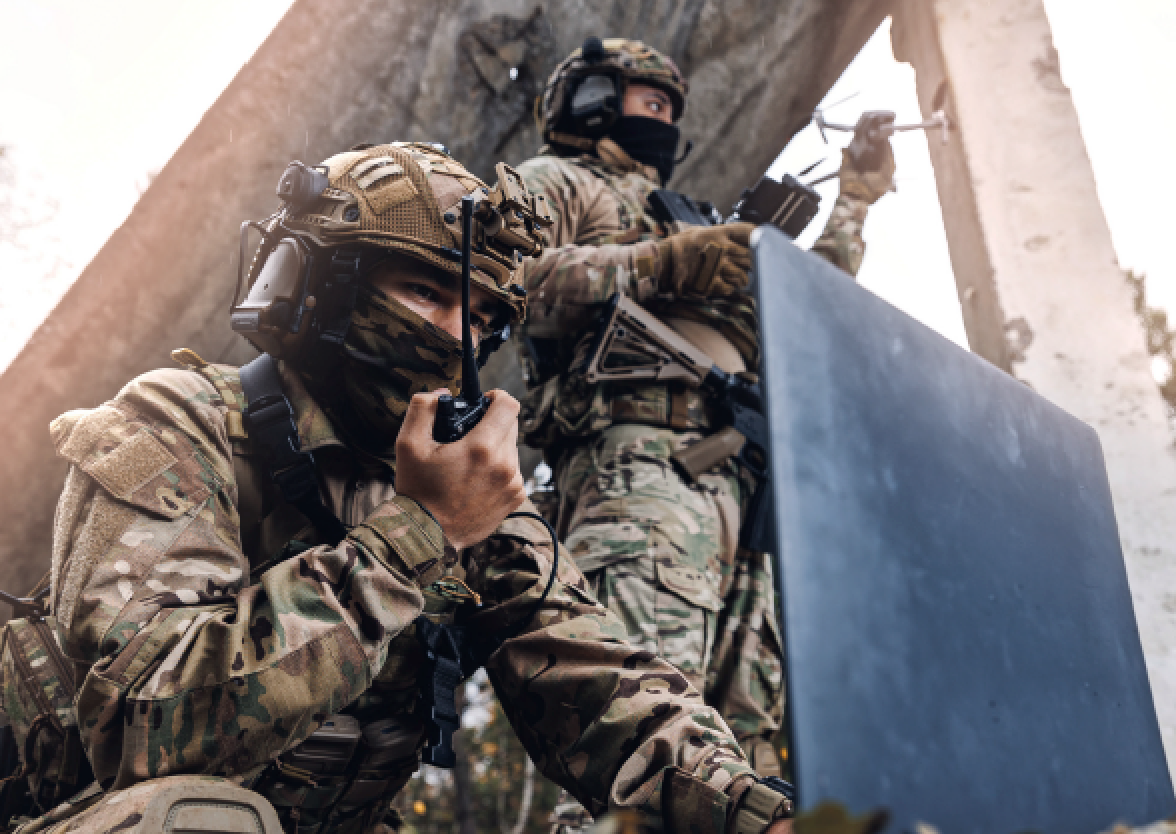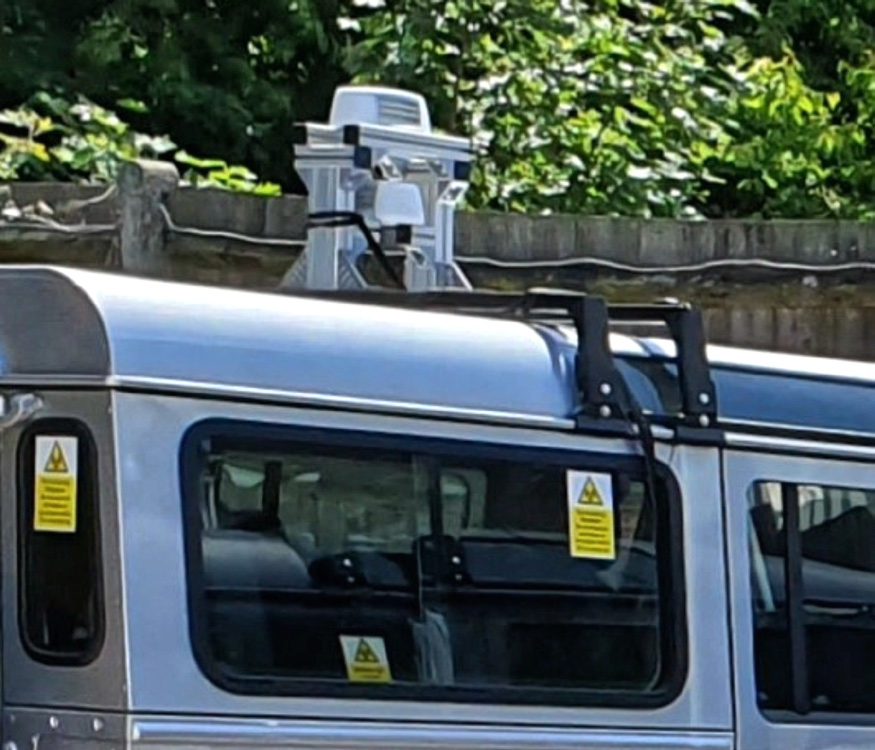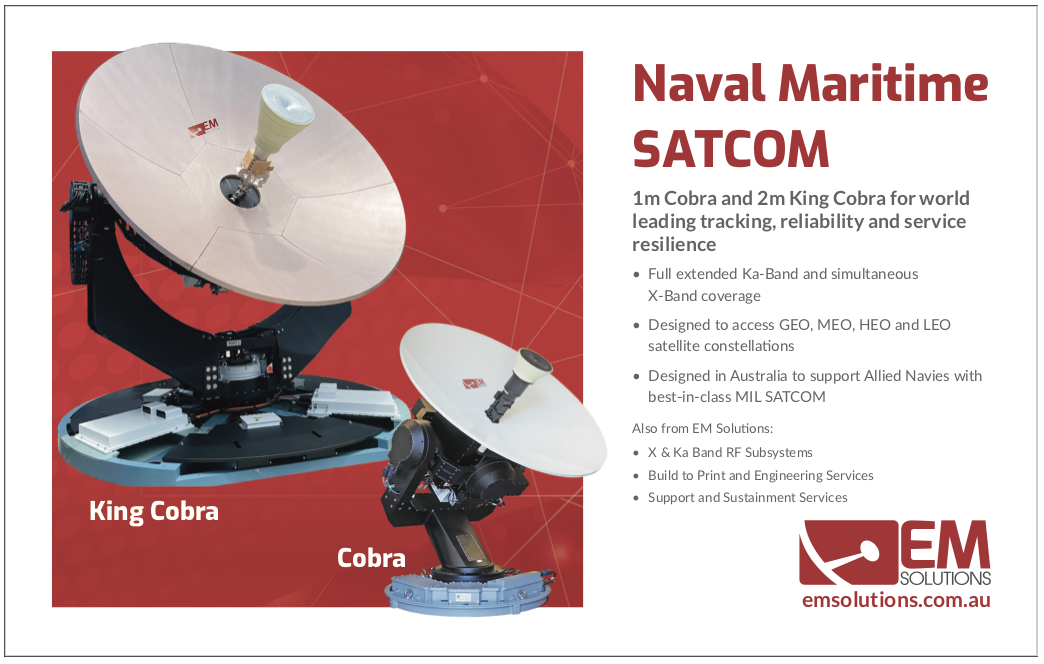Effective battlefield intelligence, with the ability to share data between a country’s military services is vital for truly effective, tactical communications.

This is not just about a country’s own services, but also interoperability with partner or coalition nations in order to enable critical operational data to be shared across Command and Control (C2) structures from those in the field as well as those in fixed, C2 facilities.

While this has long been the requirement, we are now seeing military forces starting to bring 5G capabilities into the tactical environment — indeed, this is seen as so crucial that the U.S. National Science Foundation is accelerating 5G solutions to assist the U.S. Government (USG) and critical infrastructure operators to communicate securely, anywhere and at anytime.
Partnering this year with the Department of Defense Office of the Under Secretary of Defense for Research and Engineering on an investment of $12 million, the NSF selected 16 multidisciplinary teams for the Convergence Accelerator program 2022 cohort for the research topic — Track: Securely Operating Through 5G Infrastructure.
This builds on the Department of Defense (DoD)’s 5G initiative to assess and mitigate 5G vulnerabilities, inform 5G standards and policies through rigorous research as well as promote technology development to advance communications for the U.S. military and Federal Government.
Old Problems, New Tricks?
Is this a new dawn, or something we’ve seen before, where different technologies and systems for sharing information have been developed with the specific needs of each service, making them incompatible and difficult to share data directly between domains such as air and navy?
Too often, technology and networks are used within forces that were initially developed for low level data, meaning that the available technology and bandwidth is no longer right for huge data usage involving video, high-definition sensor data and mega-pixel imagery. Such legacy systems and siloed ways of working pose complex challenges when ensuring overwhelming military advantage with near-peer adversaries.
The DoD, through the agency’s Joint All- Domain Command and Control (JADC2) initiative is also working to overcome such challenges. JADC2 aims to produce a more resilient communications network that will ensure a quicker response to threats.

Photo of a roof mounted, Blu Wireless node.
JADC2 also looks to ensure a co-ordinated approach that will allow data-sharing across military services, enabling parity of access to information and reliable communications across command-and-control structures.
For commanders looking to communicate through a fully integrated system, it is vital that data can be shared in different formats that are in place, but this can be challenging and difficult.
Communication technologies currently in use in the military domain typically date back 20 or more years and are, therefore, only capable of supporting low data rates — usually for voice and limited data rate transmission.
This is, in part, driven by the need for high levels of security combined with the traditional slow moving procurement process (for example the UK’s BOWMAN tactical communication system where the highest data rate supported by BOWMAN terminals is low – typically 500 kbps).
What is needed, therefore, is an increase in the adoption of commercial-off-the-shelf (COTS) technologies, such as 5G, to meet the specific needs of intelligence and military applications.
To share tactical data across multiple platforms, technology must be capable of managing the needs of forces operating across complex environments, through soldiers navigating different terrains in the Middle East, to pilots looking for up-to-the-minute surveillance data from the ground, or naval platforms.
The use of satellite systems, particularly Low Earth Orbit (LEO) satellites with their lower latency compared to GEO satellites, is one potential answer.
However due to size, weight, and power (SWaP) constraints, the power and bandwidth of satellites is limited and therefore a precious commodity.
Additionally, the power and bandwidth of a LEO satellite is focused on a relatively small, geographic area, hence the need for hundreds or thousands of LEO satellites to provide global coverage.
In a regional conflict, the bandwidth and power of the small number of LEO satellites overhead could be easily overwhelmed or, at the very least, be limited to high priority communications.
Is there another option? Terrestrial IEEE 5G mmWave networks are proving to be a key element in providing resilient networking, particularly at the tactical edge.
Comprised of multiple points called “nodes,” these radio devices, communicating with one another, create an overlapping, multi-Gbps, Low Probability of Intercept/Low Probability of Detection (LPI/LPD) mesh networks that do not rely on a central hub, allowing for quick and efficient data routing.
Self-sufficient and self-managed, they find the most reliable paths, even if those are “daisy-chained” along the communications route.

Built to connect multiple systems, and to work in tandem with existing technologies, mesh networking creates a holistic system, delivering a reliable transmission of huge amounts of data.
Today, IEEE 5G solutions can provide gigabit bandwidths up to 3 Gbps per link, growing to 30+ Gbps plus in the next generation.
When connected to a LEO WLAN, IEEE 5G mmWave mesh networks can connect a tactical edge network to higher echelon, C2, fiber optic networks.
Budget constraints, however, are important, with even the military having to evidence value for money to the public when upgrading communication system.
Upgrading legacy technology and ensuring interoperability provides clear benefits for the safety of military personnel, maintaining a tactical advantage against near-peer adversaries.
COTS Vs. Bespoke
We are now seeing a growing adoption of COTS technologies in the defense community, which is solving some budget constraints, as COTS technology doesn’t need to be developed from scratch.
Typical examples would be taking commercial smartphones and adding software to improve security or using IP (Internet Protocol) networking products with software that adapts to meet military needs.
The question now is what technology the military should be using going forward and how quickly such can be deployed to ensure the sharing of data and battlefield intelligence between our country’s military as well as those of our coalition partners.
5G Private Networks solutions are available today in several industrial and public applications — but how applicable are they to military use?
First of all, private wireless gigabit networks differ greatly from 5G wireless consumer services. Many functions (e.g., billing, etc.) in the carrier-grade consumer networks are simply not needed. Private networks often bring their own spectrum or wish to use unlicensed airwaves to reduce CAPEX (capital expenses).

A key consideration to answering the military’s communication challenges could well be found in the IEEE 5G mmWave-based systems. The IEEE protocols can be configured to a distributed mesh network rather than a centralized core, meaning there is no single point of failure.
In recent military trials the 5G mmWave technology was deployed on tactical land vehicles in simulated complex scenarios. The objective was to provide coverage to effectively deliver gigabit communication links between the vehicles. The trials saw the capability tested over a wide range of conditions, including traveling at high speed, over rough terrain, at the halt and in RF congested environments. The beamformed mmWave systems were effectively able to deliver the connectivity required to maintain a reliable gigabit network across all scenarios.
Military forces need robust, secure capabilities when communicating and sharing vital data, otherwise the impact on forces and operations could be dire.

While questions remain as to how to deliver these capabilities to the field, IEEE 5G mmWave mesh networks, coupled to LEO satellite systems, offer a proven, reliable, cost-effective solution that holds the key for connecting essential, two-way communications capabilities at the tactical edge to strategic forces and military commands.
www.bluwireless.com
Author Macy W. Summers is the President and Chief Executive Officer of Blu Wireless Technology, Inc.

